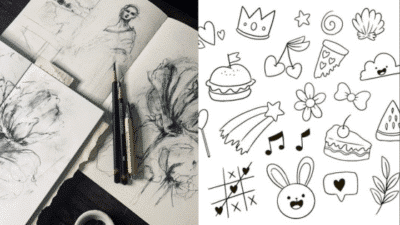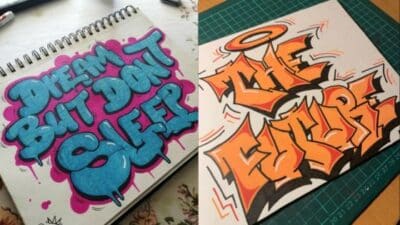Anime eyes are one of the most important features when drawing characters. They help show emotions and personality. To draw anime eyes well, it is important to focus on their shape, size, and details like highlights and eyelashes.
Different styles of anime eyes can give a character a unique look. Some eyes are big and round, while others are sharp or narrow. Learning simple steps like sketching the basic shape and adding color can make the process easier and more fun.
Many artists enjoy experimenting with anime eyes because they offer a lot of creative freedom. By understanding the basics and practicing regularly, anyone can improve their skill and bring their characters to life.
Basics of Anime Eyes Drawing
Anime eyes are distinct because of their size, shape, and how they express emotions. Mastering the way eyes are built, understanding their common shapes, and using the right tools all help create convincing and stylish anime eyes.
Understanding Anime Eye Anatomy
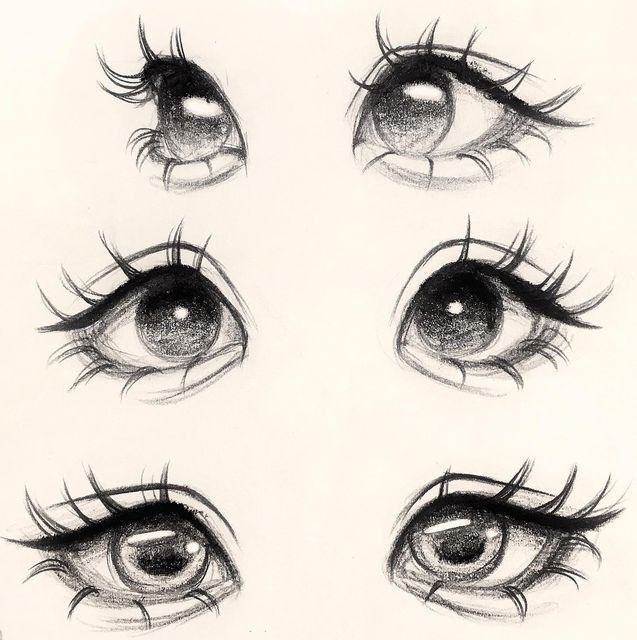
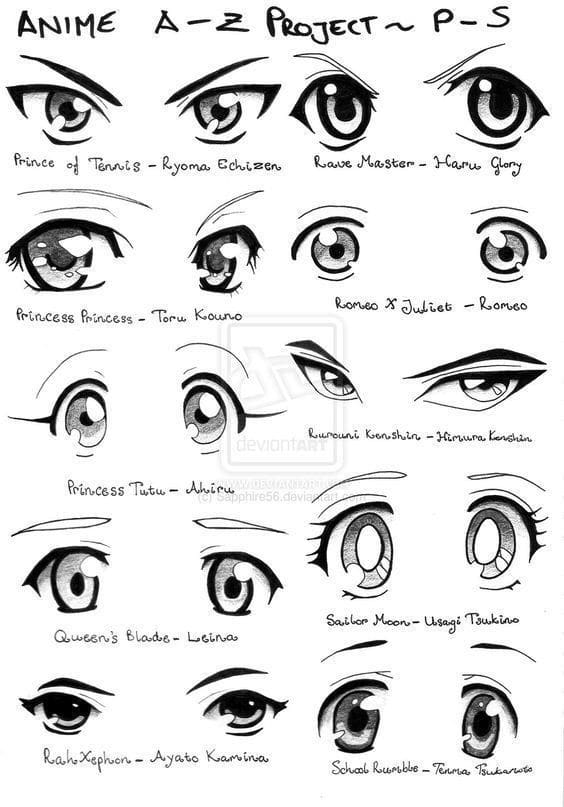
Anime eyes are larger than real eyes, with specific parts that give them life. They have an upper eyelid that is usually thick and curved. The lower eyelid is often thinner and less defined.
Inside the eye, the iris is big and round, almost taking up most of the visible space. The pupil is smaller and in the center, which helps show where the character is looking. Highlights or white spots are added to give the eye a shiny, wet look.
The shape of the eye can change to show different emotions, like excitement, sadness, or anger. Eyelashes may be simple lines or more detailed depending on the style.
Common Shapes and Proportions
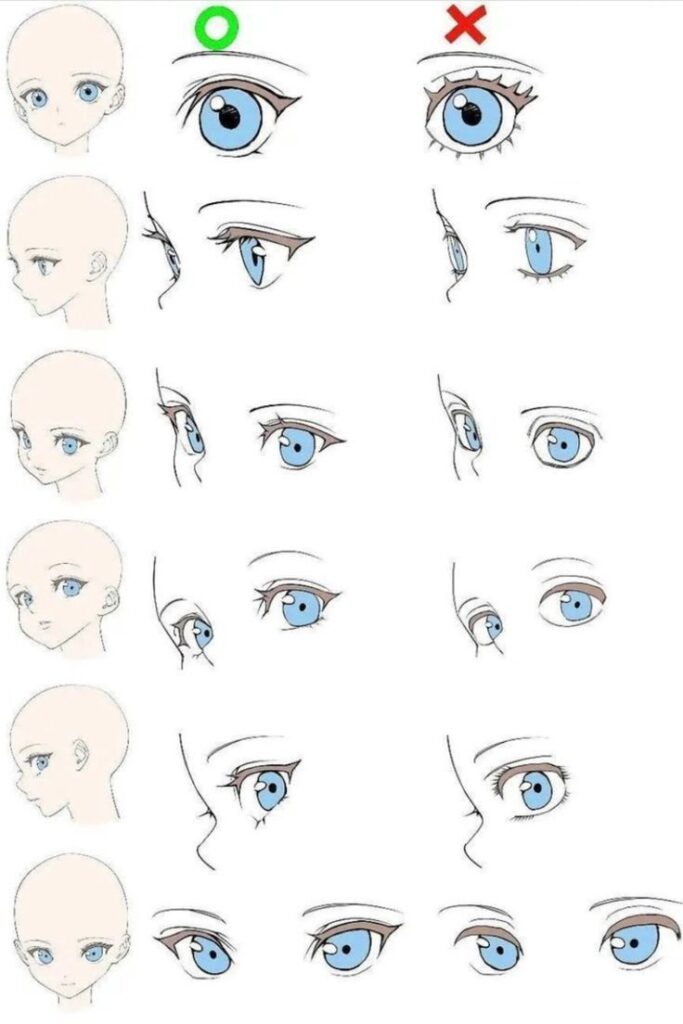
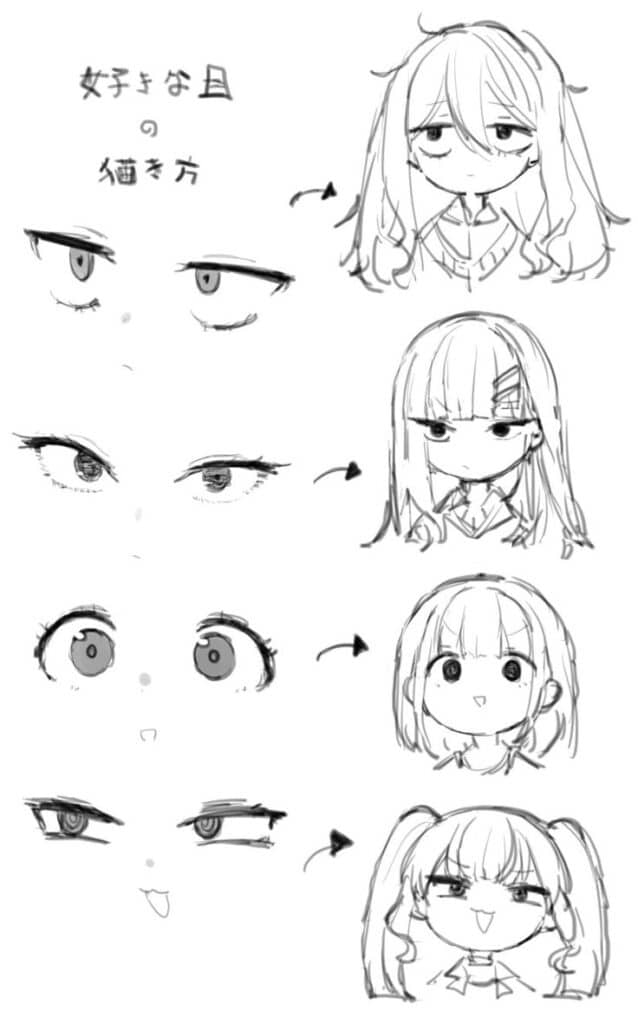
Anime eyes come in many shapes, but some types are very common. For example, round eyes are often used for younger or more innocent characters. Almond-shaped eyes can show maturity or seriousness.
Most anime eyes have a height about half or less compared to their width. This wide look helps make the eyes stand out on the face. The space between the eyes is usually about the width of one eye.
Proportions change if the character is male or female. Female eyes are often bigger and more detailed with more lashes, while male eyes tend to be narrower and simpler.
Here’s a quick reminder of common features:
- Wide shape with a clear curve on top
- Large iris covering much of the eye
- Highlight spots for shine
- Varied eyelashes depending on gender and style
Essential Drawing Tools
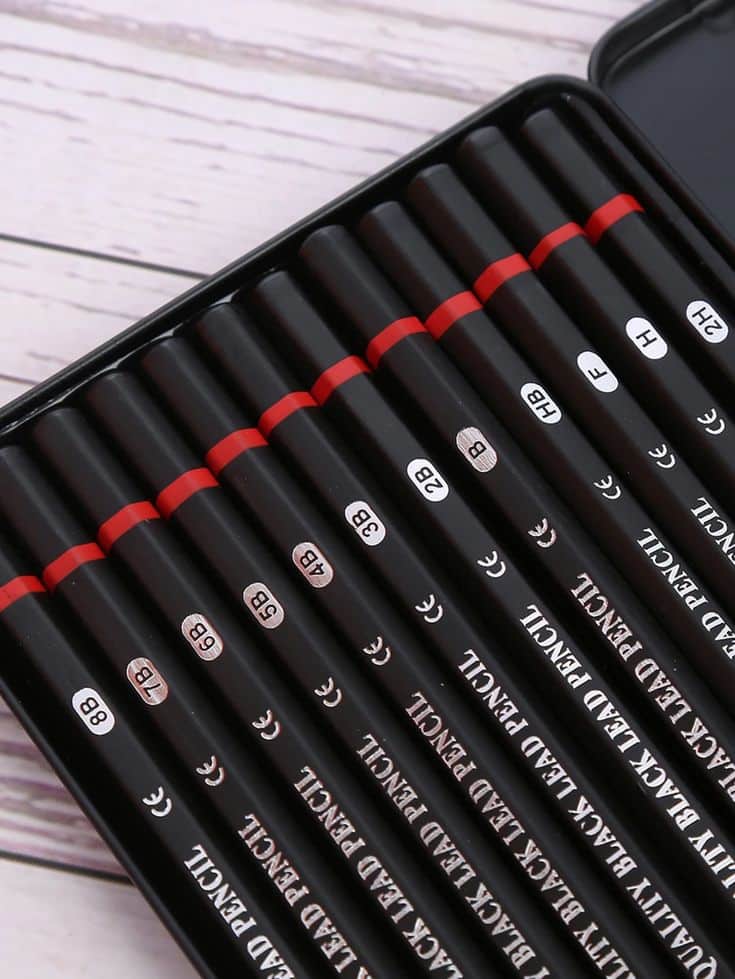
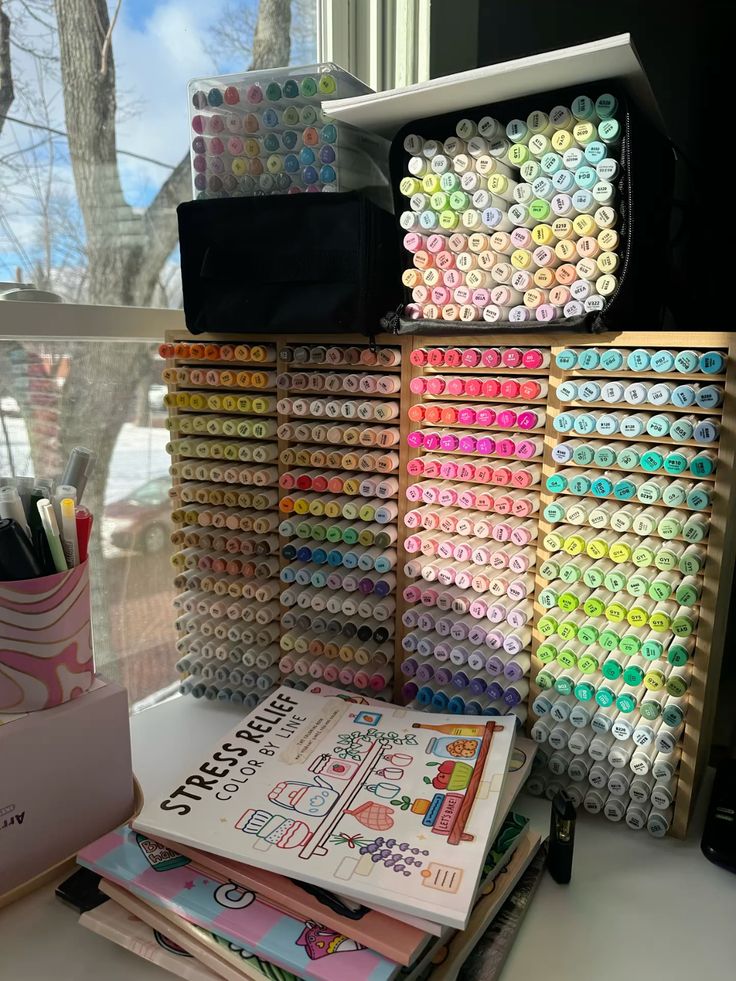
Good tools make drawing anime eyes easier and neater. Many artists use simple supplies like pencils, erasers, and pens.
For beginners, a soft pencil (like 2B) is best for sketching. It lets them draw lightly and change lines easily. A good eraser helps fix mistakes without tearing the paper.
When inking, fine-tip pens or markers help create clean, sharp lines. Digital artists use tablets or drawing software with brushes that mimic pencils and ink pens.
Adding color needs tools like markers, colored pencils, or digital brushes. Blending tools or programs help smooth out colors in the iris and add highlights.
Some useful tools include:
- Sketching: 2B pencil, eraser
- Inking: fine liners or felt-tip pens
- Coloring: markers, colored pencils, or digital brushes
Using the right tools helps keep lines controlled and details sharp while drawing anime eyes.
Step-by-Step Techniques
Creating anime eyes involves careful planning of shapes, placement of details, and clean finishing. Each step builds on the last, starting from simple outlines to refined line art. Patience and small adjustments help achieve the right look.
Sketching the Eye Outline
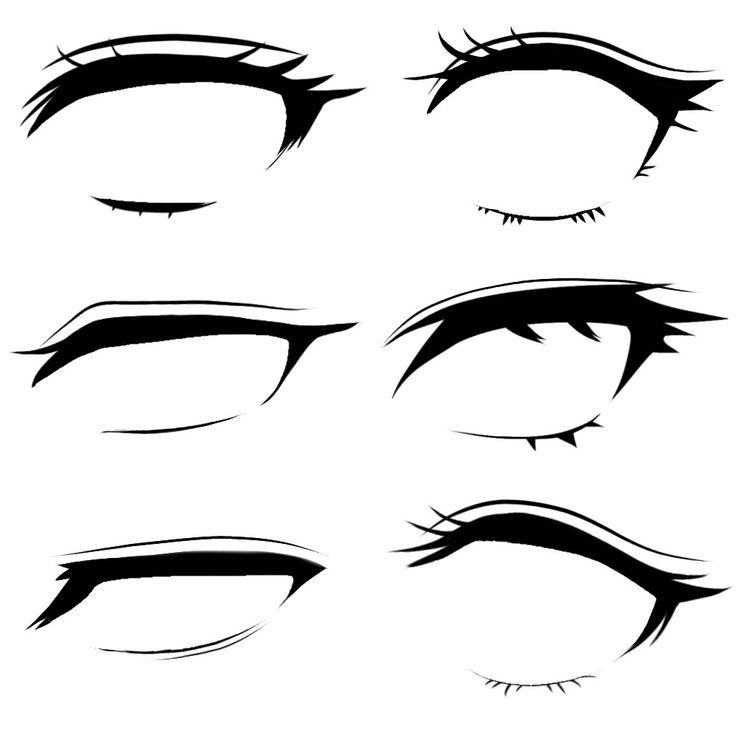
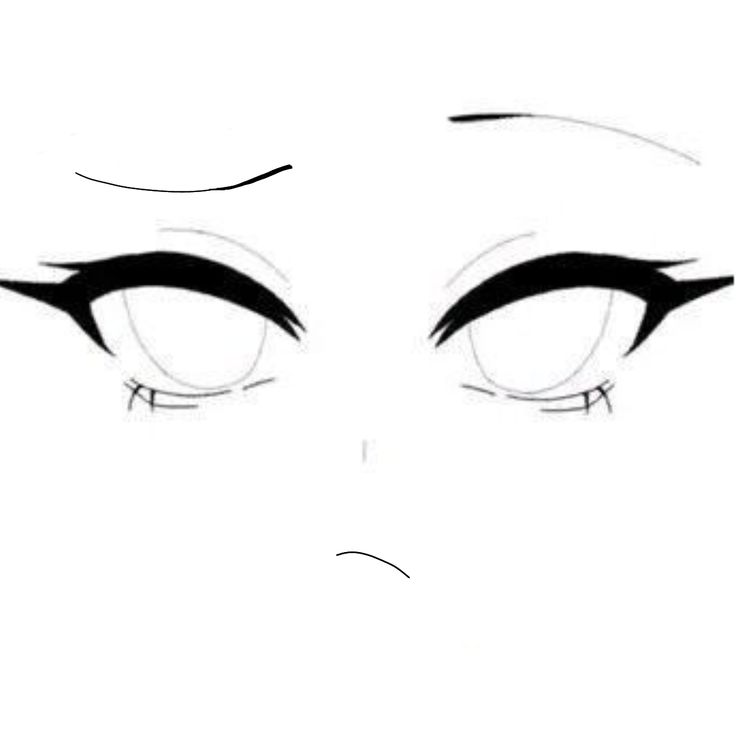
The first task is to draw the basic shape of the eye. Anime eyes vary from round to almond shapes, so deciding the style early is important. Usually, the upper eyelid is thicker and more curved than the bottom.
Start with a light pencil to create an oval or a slightly pointed oval. Mark the corners of the eye clearly. The size of the eye depends on the character’s style, with younger characters often having larger eyes.
Next, add a soft line inside to show the eyelid crease. This line should follow the general shape of the top eyelid. Avoid making the sketch too dark at this stage so changes can be made easily.
Drawing the Iris and Pupil
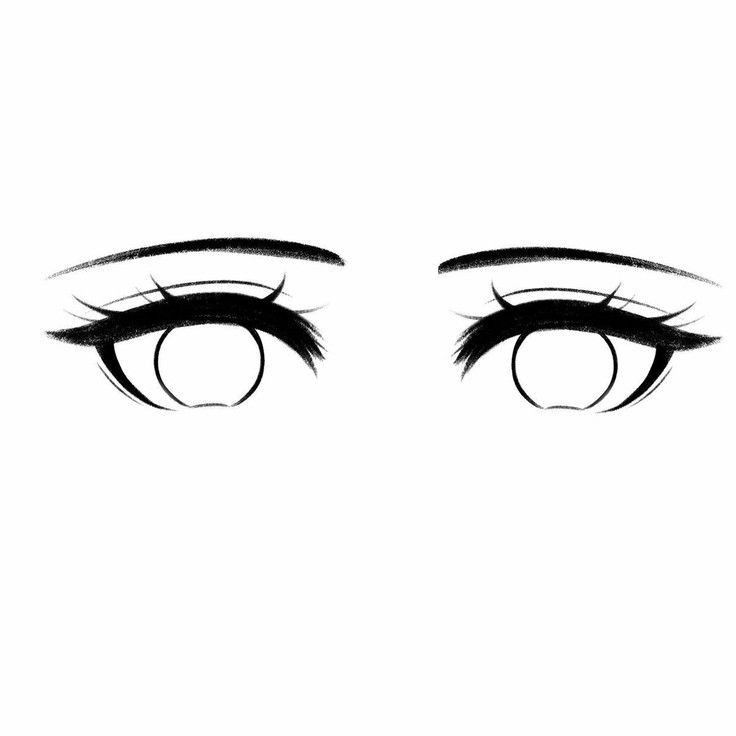
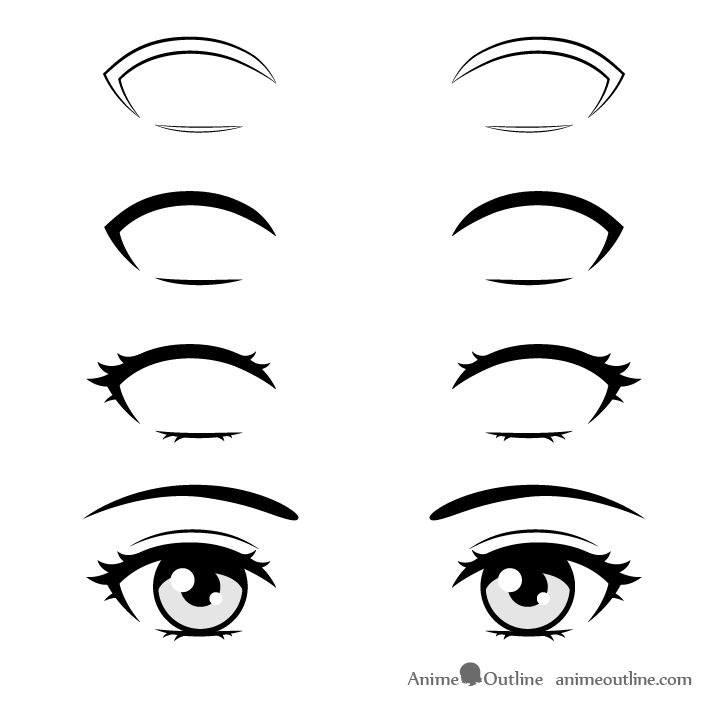
The iris in anime eyes is large and expressive. It often takes up most of the eye space and can be drawn as a big circle inside the outline. The pupil is usually smaller and centered within the iris.
Place the iris so it slightly touches the upper and lower lids. This gives a natural fit. For a simple look, draw a round pupil near the center or slightly to the side where the character looks.
Adding highlights is common to give life to the eyes. This is done by drawing small circles or ovals inside the iris. Leave those areas white to show light reflection, which adds sparkle.
Adding Eyelashes and Eyebrows
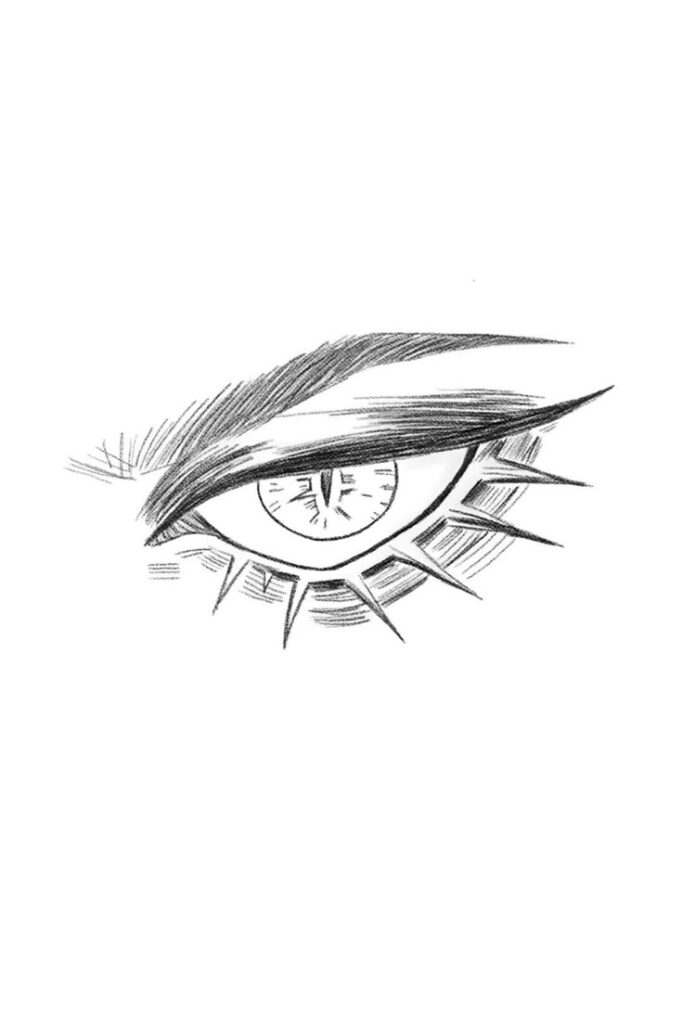
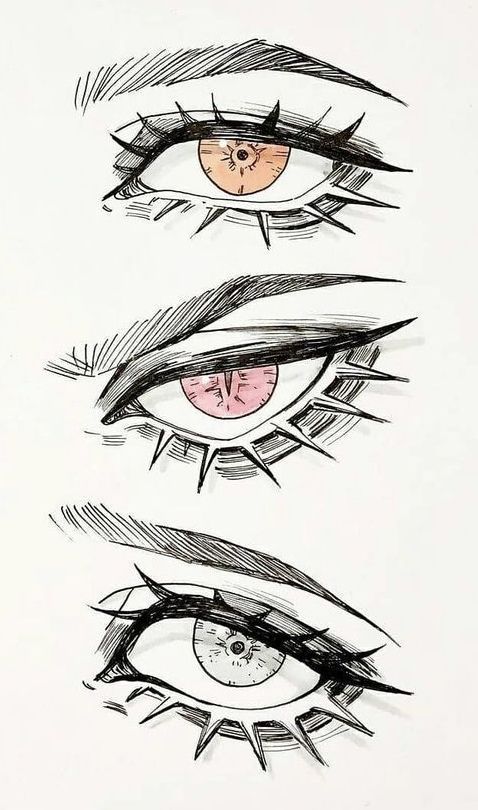
Eyelashes in anime styles range from simple strokes to fuller sets. Usually, the upper lash line is emphasized with thicker or longer strokes, while the lower lashes are thinner or fewer in number.
Use short, curved lines that taper off at the ends. Place the lashes regularly spaced but vary their length for a natural look. Avoid making eyelashes too harsh unless the character’s design calls for it.
Eyebrows sit above the eye and help show emotion. They can be thin, thick, straight, or curved depending on the character. Draw them lightly at first to adjust their angle and shape before thickening or refining.
Inking and Line Art
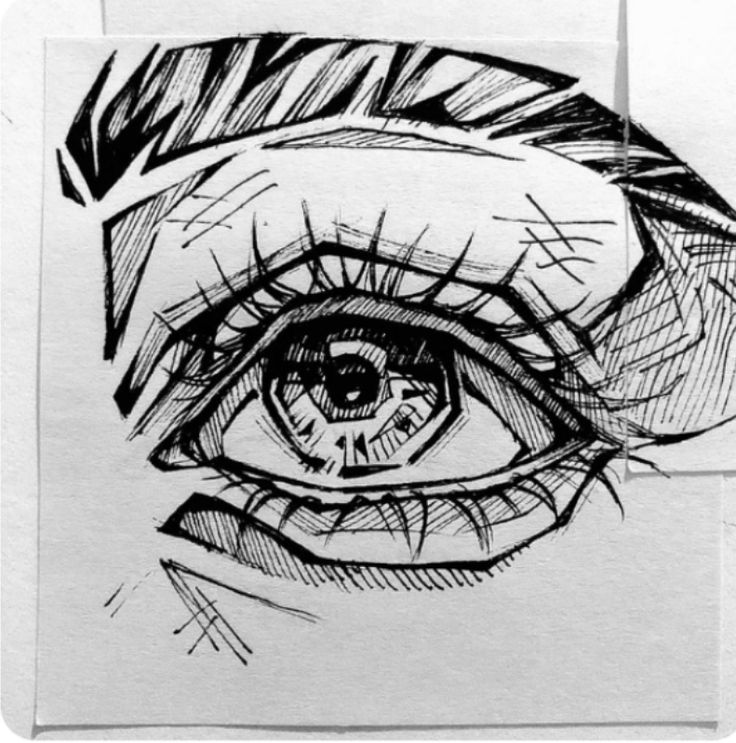
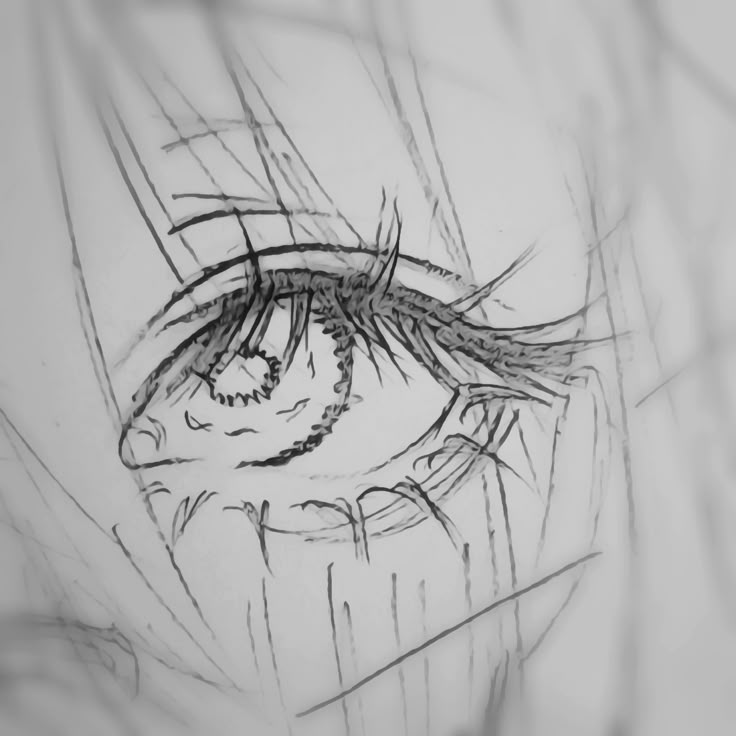
Inking turns the sketch into clean, bold lines that define the eye. Use a fine pen or digital brush with steady pressure to trace over your final pencil lines. Start with the eye’s outer shapes, then ink the iris and pupil.
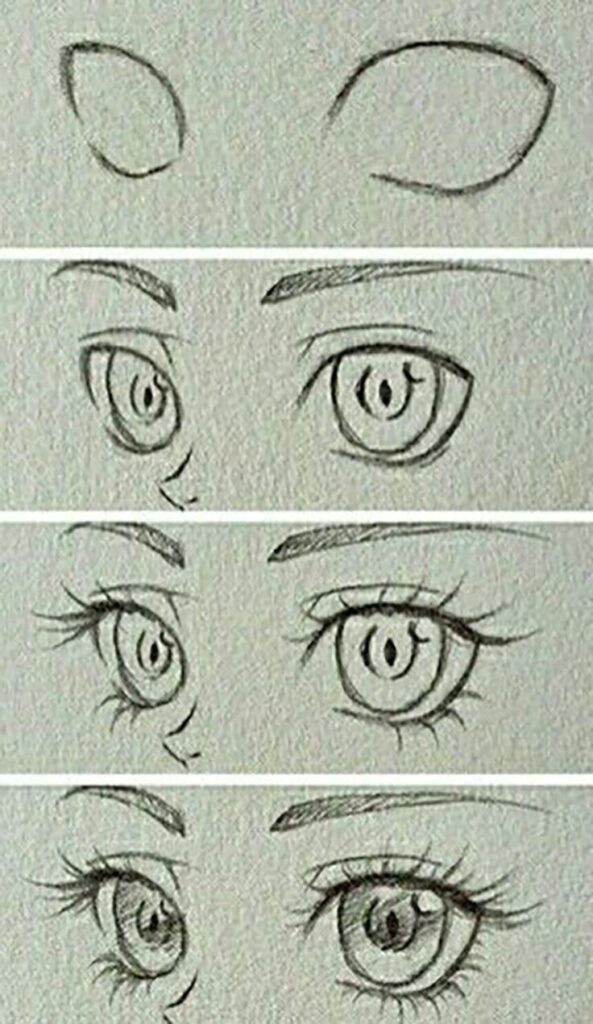
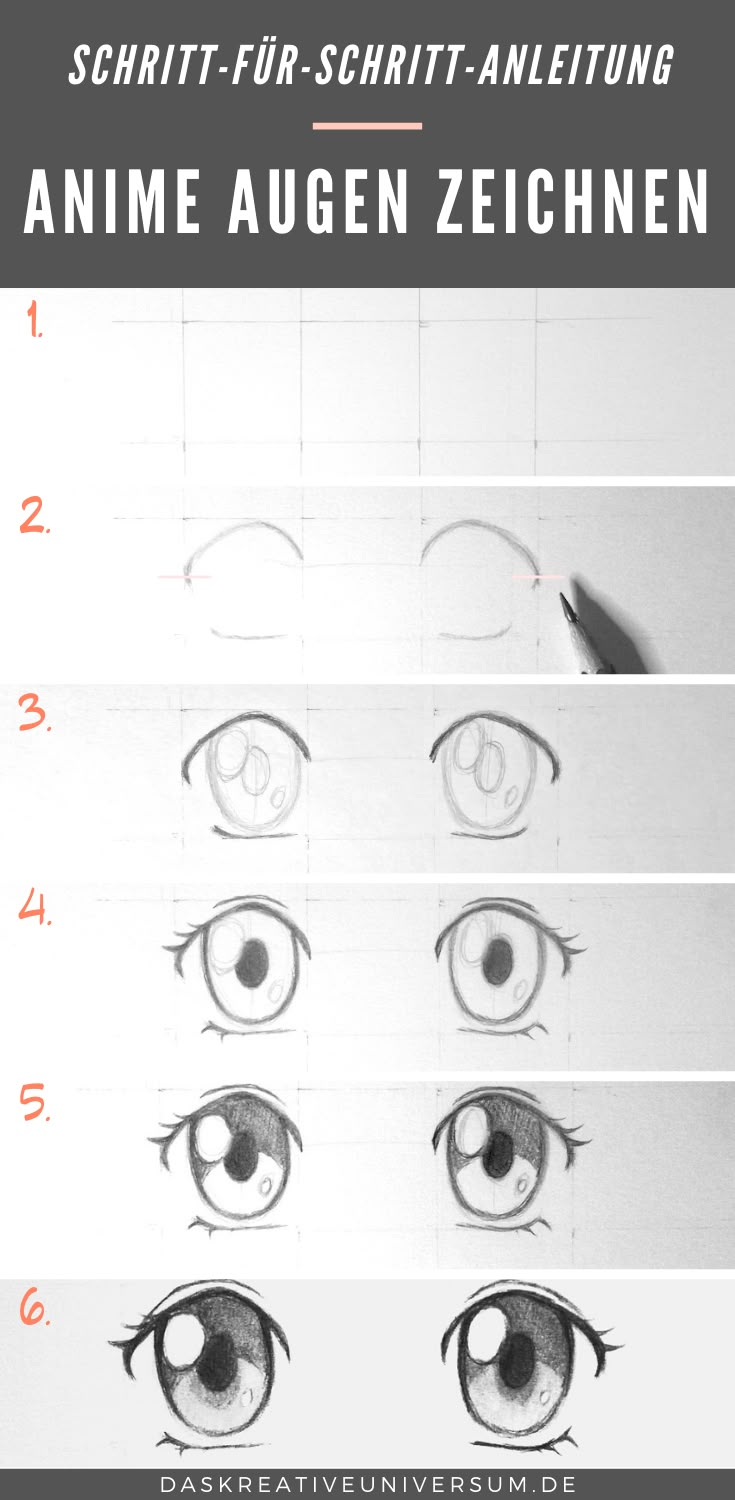
Make sure to vary line thickness. Thicker lines around the eyelid add weight, while thinner lines inside keep details delicate. Be careful not to overdo it, as too many thick lines can look heavy.
Erase the pencil marks after the ink dries or hide the sketch layer if working digitally. This leaves clear outlines ready for coloring or shading, which will enhance the eye’s depth and expressiveness.
Bringing Anime Eyes to Life
Making anime eyes look real and full of feeling takes more than just drawing the right shape. It involves careful use of light, color, and expression. Different styles also help create unique characters and moods.
Shading and Highlights
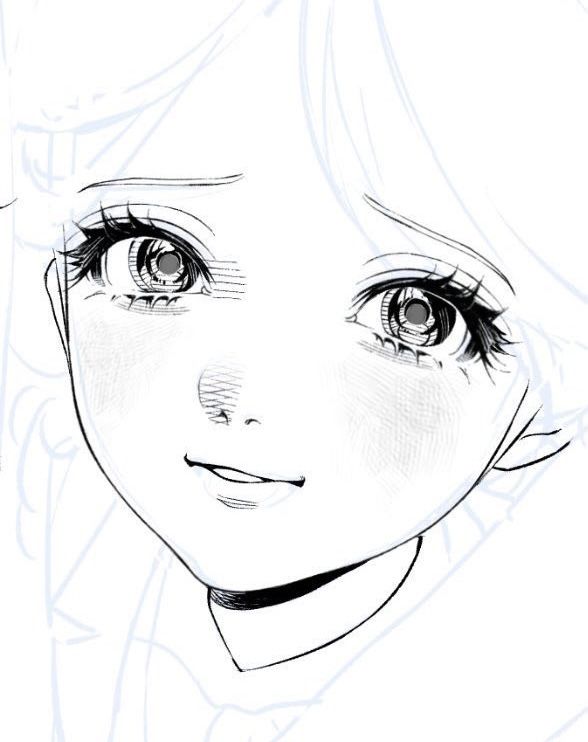
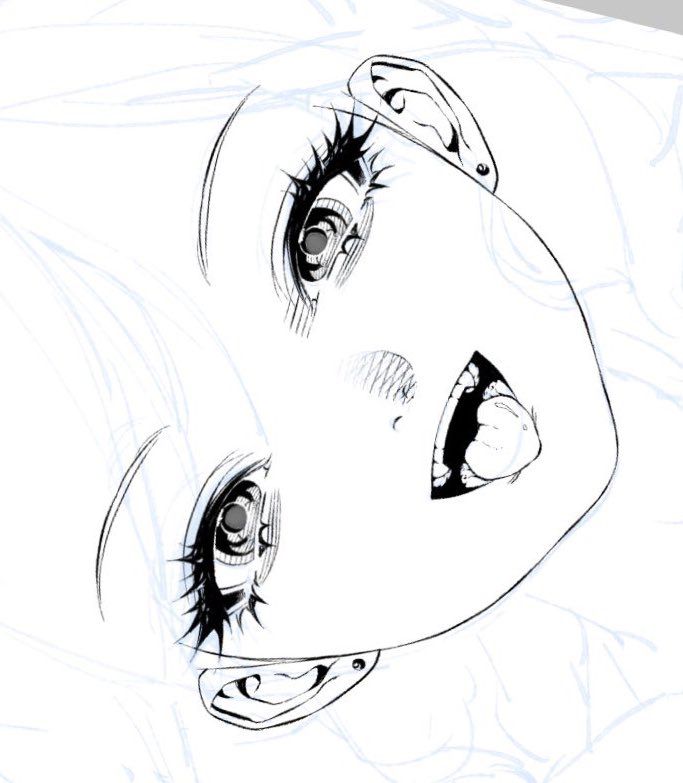
Shading adds depth to anime eyes by showing where the light hits and where shadows fall. Usually, the top part of the eye is darker because the eyelid casts a shadow. The bottom is lighter to show reflection.
Highlights are small bright spots that make eyes look shiny and lively. They often appear as white dots or sparkles. Adding more than one highlight can create the effect of wet, glassy eyes.
Artists can use soft gradients and layers of color to create smooth shading. This technique helps the iris stand out. Using a mix of dark and light tones inside the eye makes it feel round and real.
Expressing Emotions
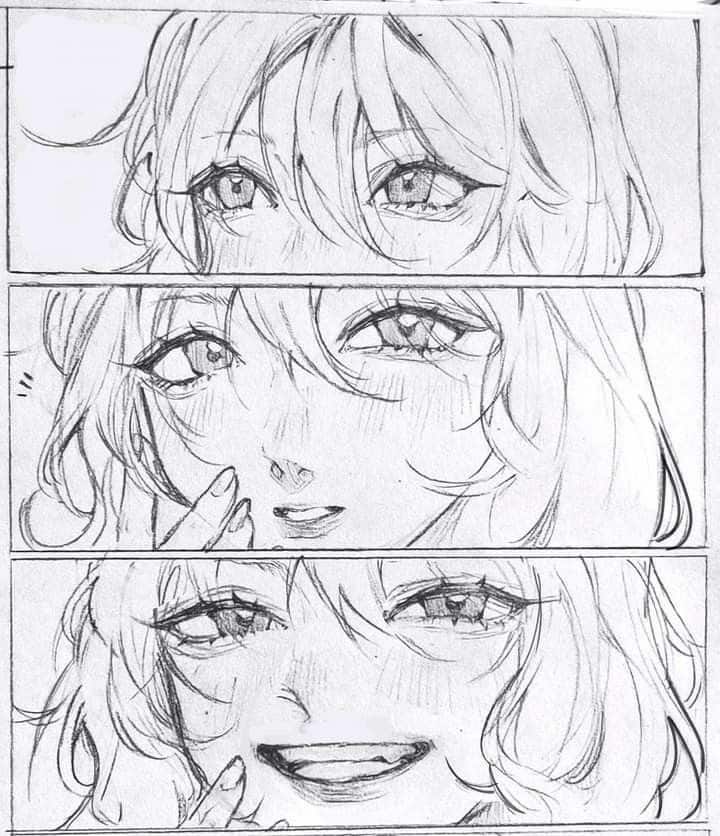
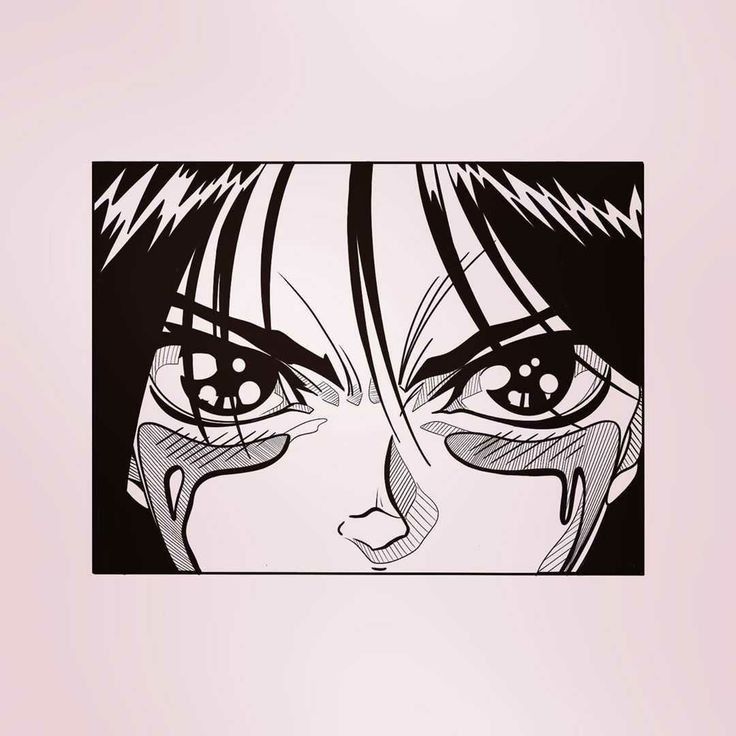
Anime eyes are very good at showing feelings. The shape, size, and position of the eyes change between emotions like happiness, anger, or sadness.
For example, wide-open eyes with large highlights show excitement or surprise. Half-closed eyes with smaller or no highlights can express tiredness or boredom. Eyebrows also play a big role in emotion when drawn near the eyes.
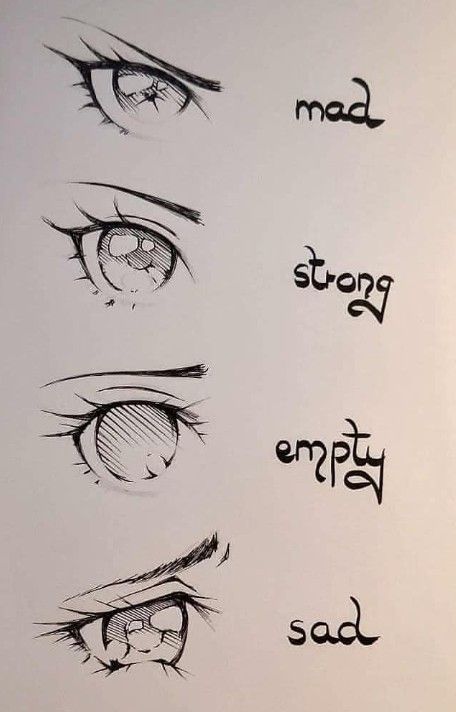
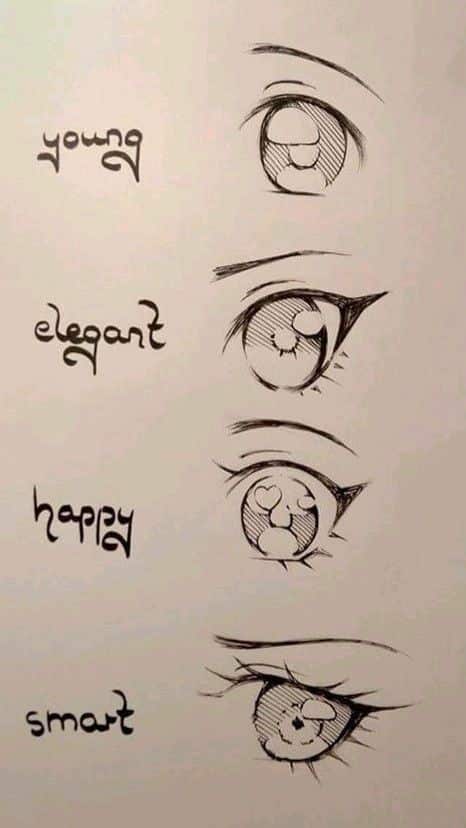
Small details such as wrinkles or tears add realism and show pain or joy. The way the pupil is drawn can change the mood—small pupils can show fear or shock, while big pupils can show love or innocence.
Different Styles and Variations
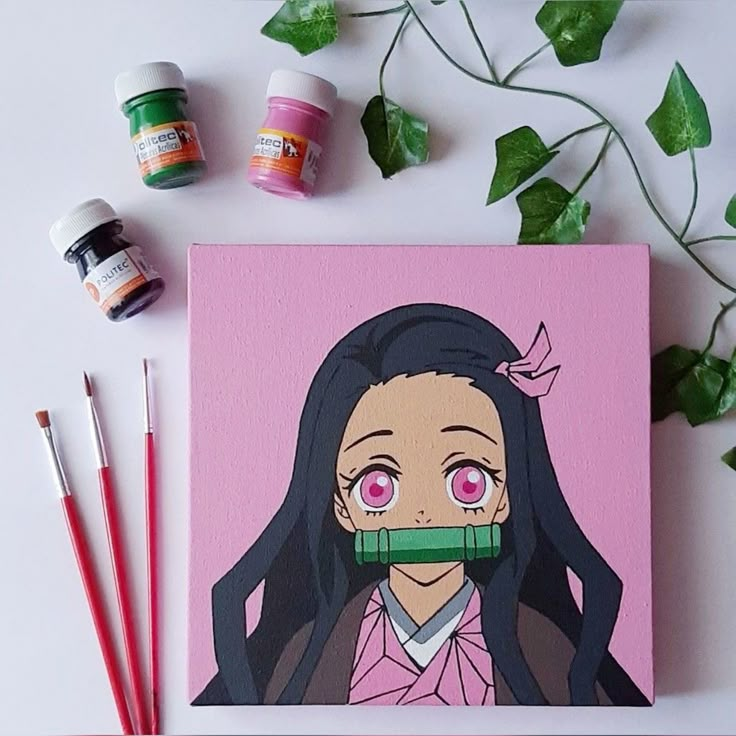
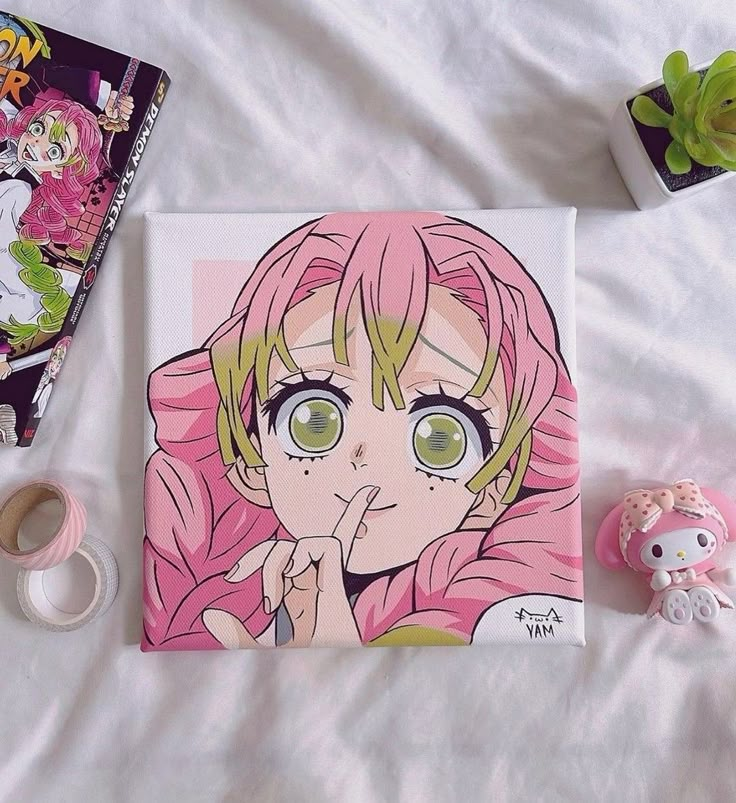
Anime eyes come in many shapes and sizes depending on the character’s age, personality, and the artist’s style. Some eyes are big and round, perfect for cute or innocent characters.
Others are narrow and sharp, often used for serious or villainous characters. Some artists like to add extra details like multiple colors inside the iris or unique patterns to make a character stand out.
There are simple styles with just a few lines and basic colors, and there are complex ones with detailed shading and glow effects. Mixing these styles gives variety and helps tell the story through the eyes.
- 1.4Kshares
- Facebook0
- Pinterest1.4K
- Twitter0

